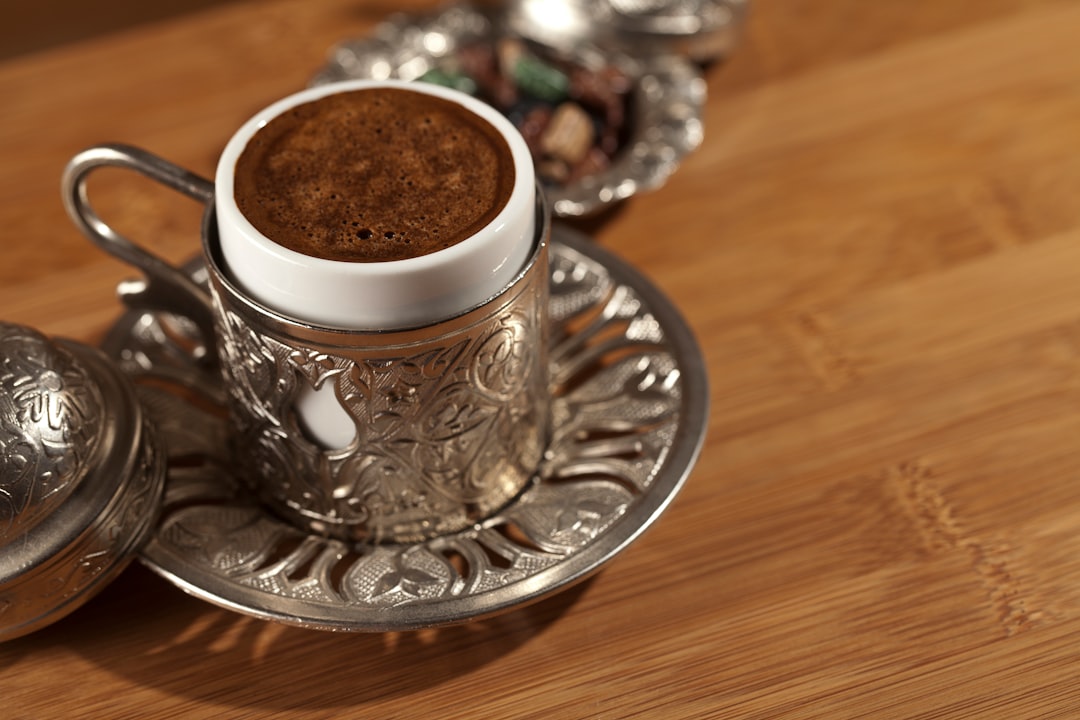Satan's drink
Did you know that coffee used to be called Satan's drink and Catholics were forbidden to drink it? Then, a 16th century influencer blessed it and effectively endorsed the drink.
It’s true. Drinking wine was associated with Jesus while coffee was a drink popular in the Arab world.
The first documentation of coffee appeared in the 11th century. At the time, the plant was called bunn and the drink made from its beans was buncham. Even then, it was already known as a stimulant.
Where did coffee come from?
While most authors agree that coffee was first drank in Ethiopia, it was in Yemen where it began to be cultivated — for religious purposes. Coffee was drank in Sufi monasteries for stimulation during prayer.
From Yemen, coffee spread to the Arab countries where drinking wine was banned. By the mid-500’s, the Arab world was completely enamored of the stimulating effects of coffee that coffee houses opened in Cairo, Syria, Aleppo and Istanbul.

So, you have Christians drinking wine while the Muslims were drinking coffee for the same reason — to experience altered states. In the Arab world, not everyone was happy with the coffee craze as some likened the effects on consuming alcohol. During the rule of Sultan Murad IV in the Ottoman Empire, drinking coffee was a capital offense.
As coffee drinking spread across Europe, Catholic priests were up in arms. Citing Coffee: The Revolutionary Drink for Pleasure and Health, Grandmotherafrica.com observes:
The logic was convoluted. As the book explains, these Christian priests in Europe believed that ‘Muslims worshiped the devil and that the devil forbade his followers from drinking wine, as that drink was reserved for those who followed Jesus. So the devil provided coffee, instead.’
And then the squabble caught the attention of an extremely influential man.
How coffee reached the homes of Catholics
The docuseries, Metropolis (on Netflix), claims:
Drinking Satan’s drink became such a controversy Pope Clement VIII had to intervene. His infallible palate would decide coffee’s fate once and for all. According to legend, he declared, ‘This devil’s drink is delicious. We should cheat the devil by baptizing it.’ With his blessing, coffee quickly spread throughout Europe and eventually the world.
Not that I agree with the how. But I won’t argue with the result. Otherwise, coffee might never have reached the shores of this staunchly Catholic country. And that would have been sad because coffee is the drink that I cannot live without.




